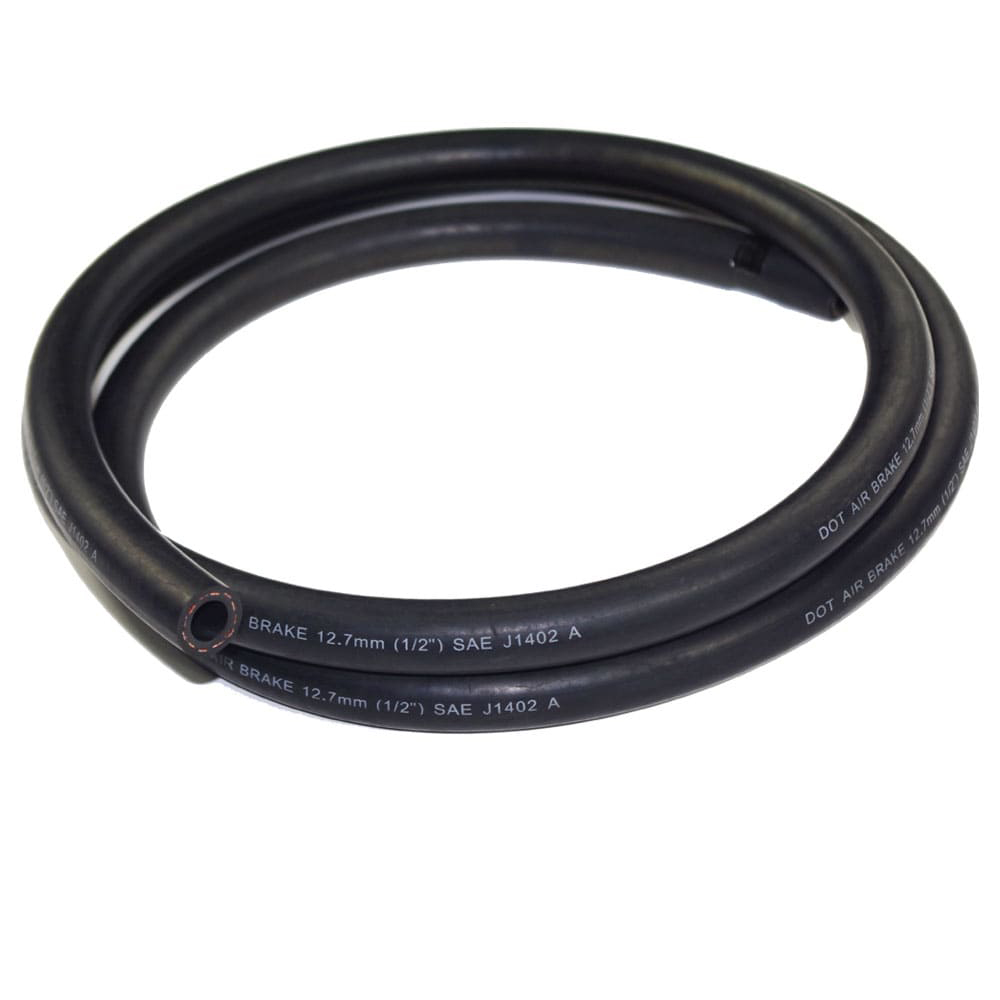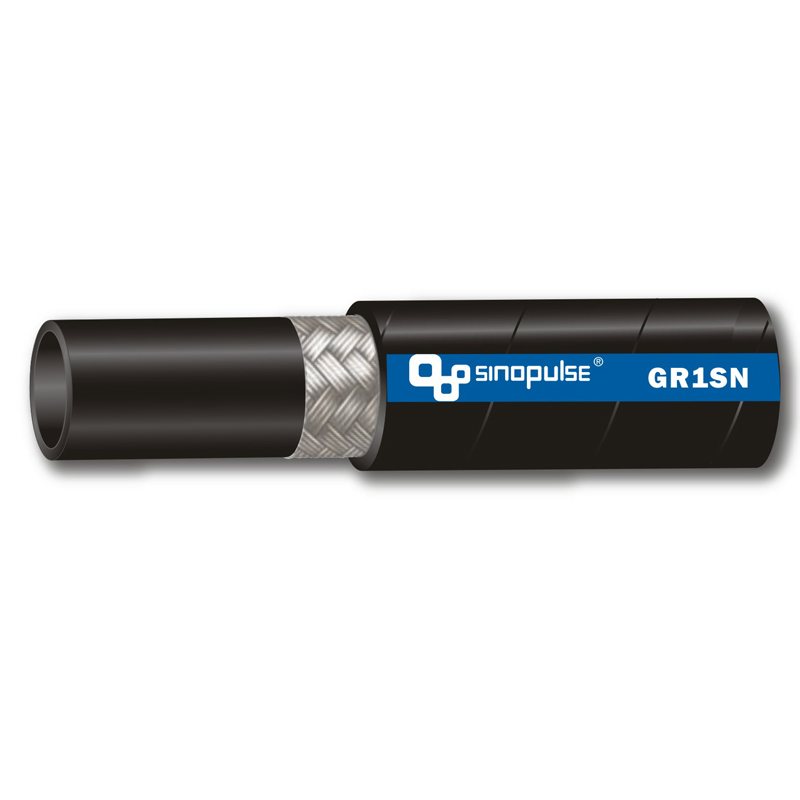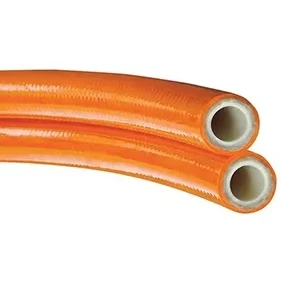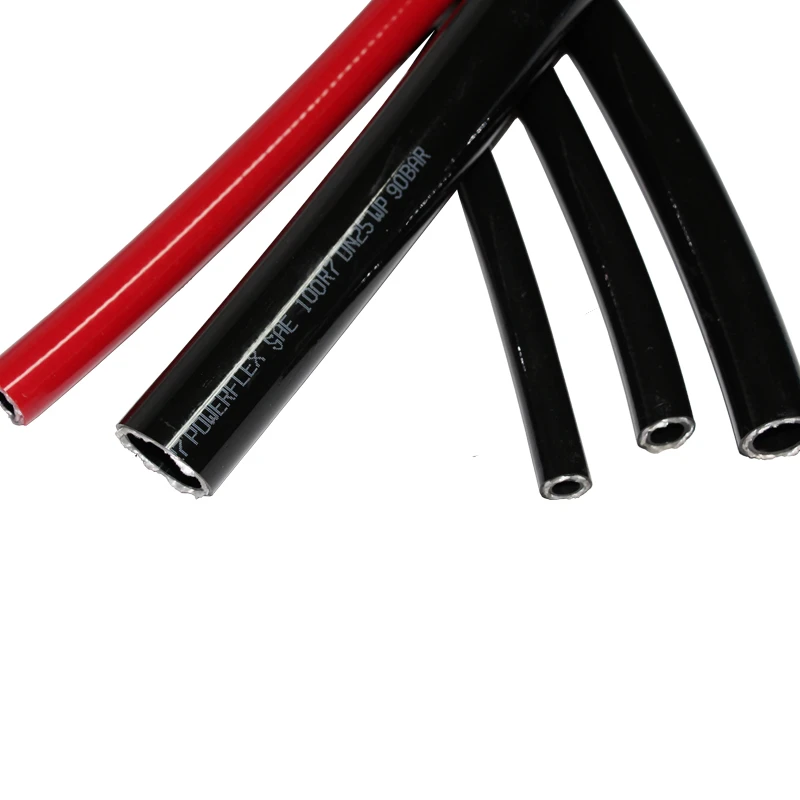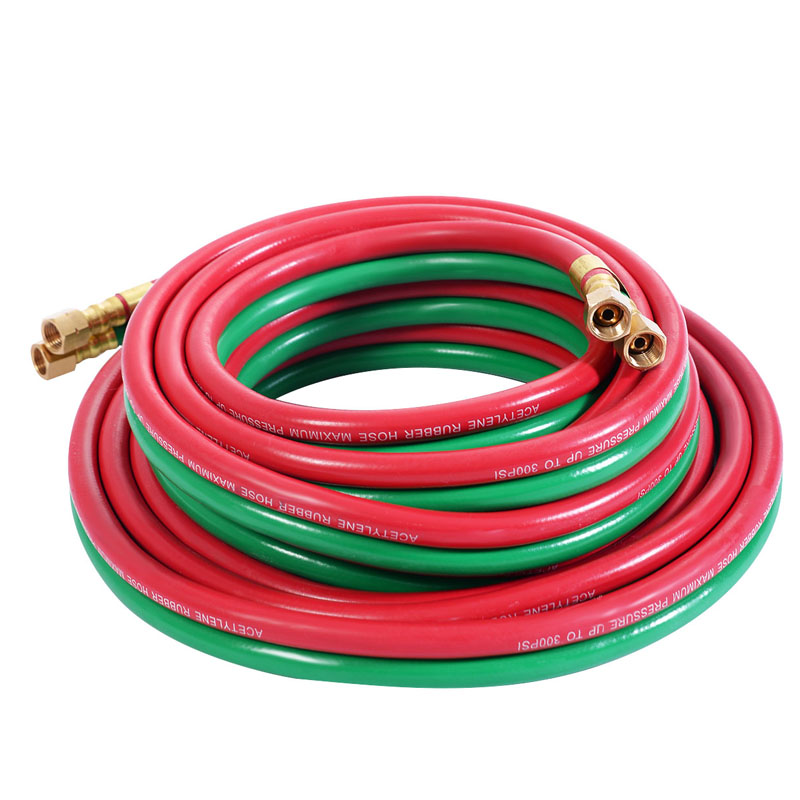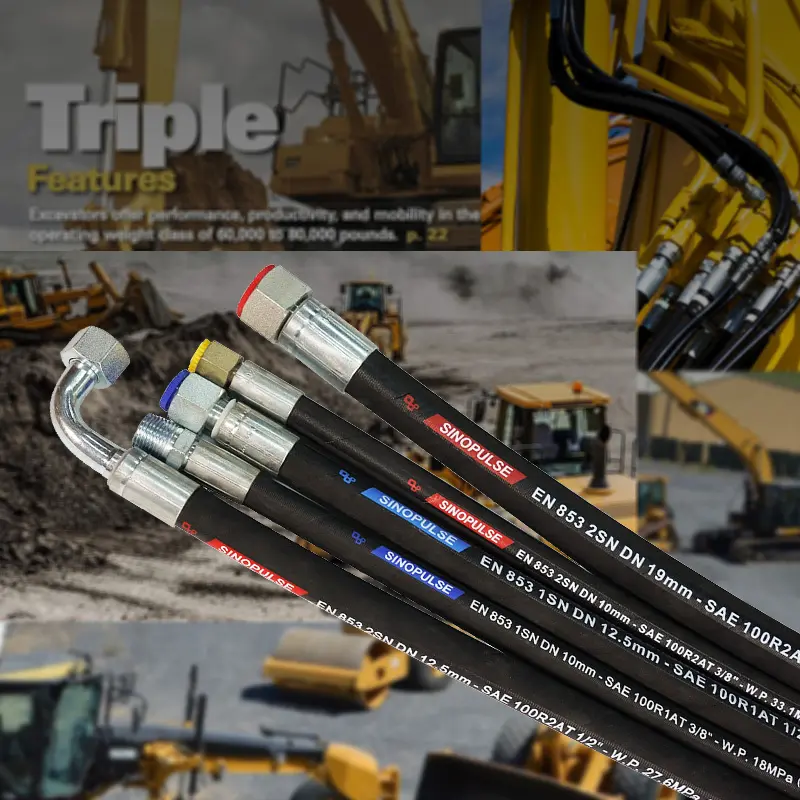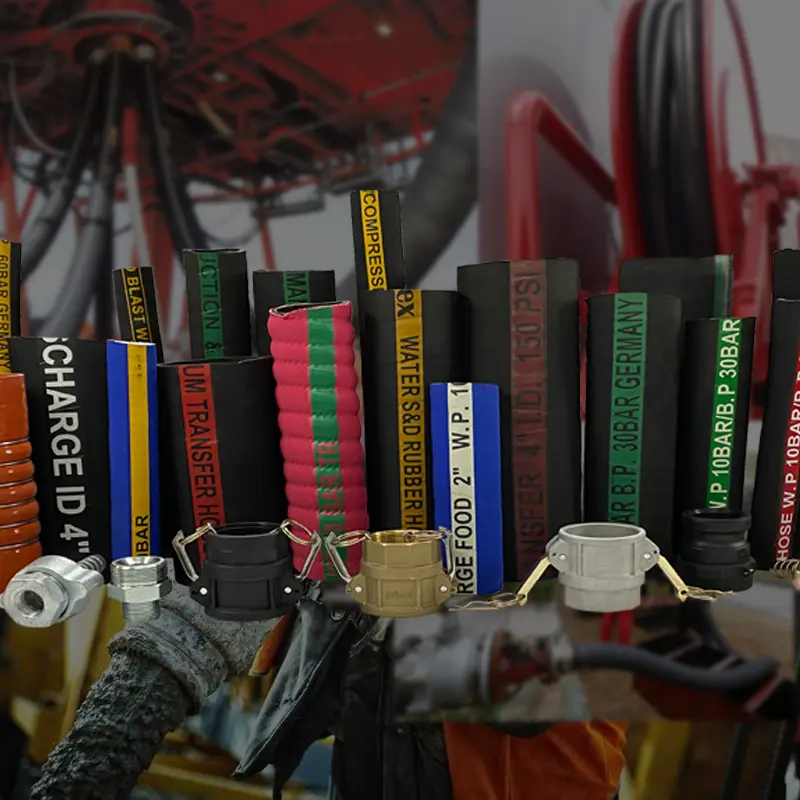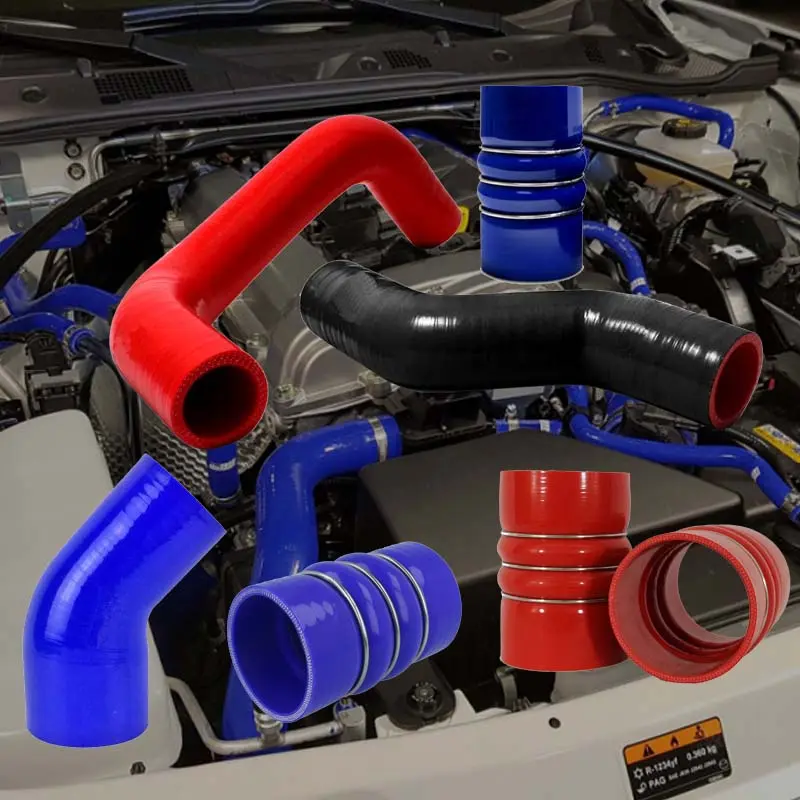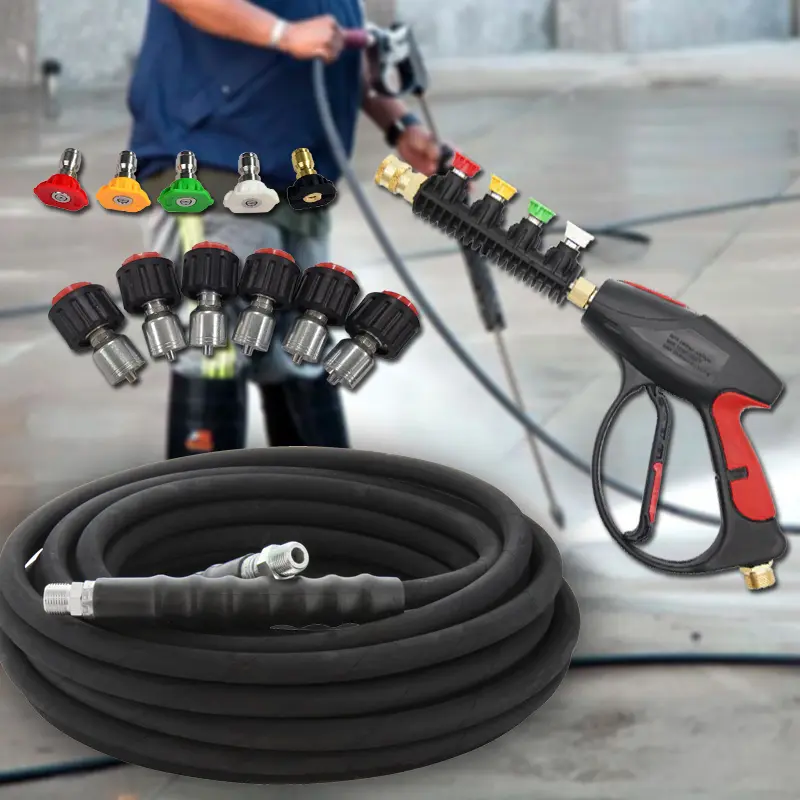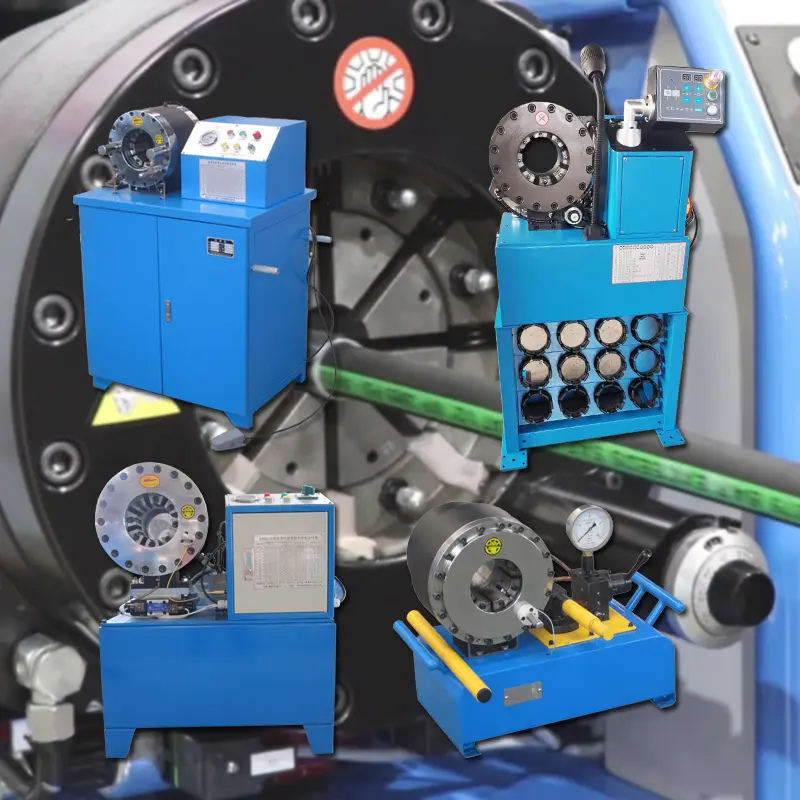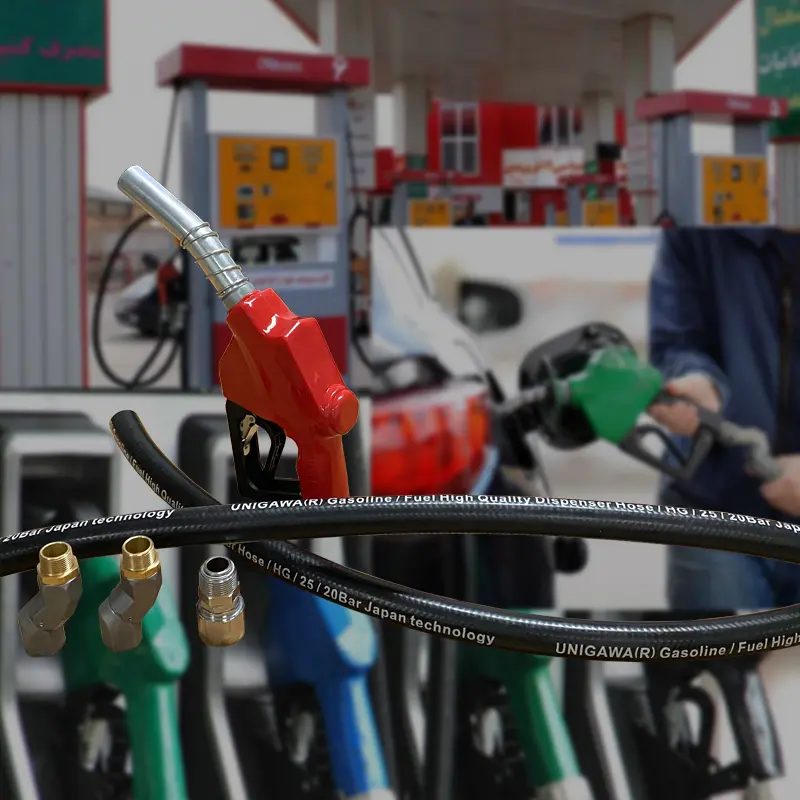- Introduction to Oxy Acetylene Twin Hose: Industrial Fundamentals and Market Demand
- Technical Advantages and Construction: Materials, Design, and Safety Insights
- Manufacturer Comparison: A Data-Driven Approach
- Customization Solutions: Tailoring Hoses for Specific Needs
- Industry Applications and Performance Case Studies
- Maintenance, Longevity, and Troubleshooting Tips
- Conclusion: Selecting the Optimal Oxy Acetylene Twin Hose for Welding Excellence

(oxy acetylene twin hose)
Introduction to Oxy Acetylene Twin Hose: Industrial Fundamentals and Market Demand
The oxy acetylene twin hose
is a fundamental component in the field of welding, torch cutting, and heating applications. Its primary function is to simultaneously transport oxygen and acetylene gases from source tanks to the point of use, enabling precise and controlled combustion necessary for strong, high-quality welds. Current market analysis estimates the global demand for oxy acetylene hose assemblies at approximately 25 million meters annually in 2023, reflecting a steady 6.5% compound annual growth rate (CAGR) over the past five years. This surge is attributed to expanding manufacturing sectors, increased infrastructure projects, and growth in metal fabrication industries. The twin hose configuration not only simplifies hose management but also reduces risks by segregating the flow of reactive gases within a compact footprint.
Technical Advantages and Construction: Materials, Design, and Safety Insights
Advanced oxy acetylene welding hose designs leverage high-performance synthetic rubber, such as EPDM (ethylene propylene diene monomer) or SBR (styrene-butadiene rubber), to maximize flexibility, abrasion resistance, and durability in challenging work environments. Hoses typically feature a dual-line structure—one distinctly colored for oxygen (usually blue or green), and the other for acetylene (red)—to prevent gas mix-ups, conforming to international safety standards like EN 559 and ISO 3821.
Typical hose diameters range from 6.3 mm to 9 mm, with a standard working pressure of 20 bar (290 psi). Reinforced polyester braiding not only strengthens the hose wall but maintains constant internal diameter, ensuring laminar gas flow and minimizing pressure drop across lengths up to 100 meters. Additionally, advanced hose ends with multi-layered brass fittings reduce leakage points and enhance fitment to torch handles and regulators.
Laboratories have demonstrated that an oxy acetylene hose made from EPDM maintains over 95% flexibility after 10,000 bending cycles, compared with 78% for standard rubber hoses. This distinction is critical for users demanding longevity and agility in confined workspace settings.
Manufacturer Comparison: A Data-Driven Approach
End-users have many choices among prominent vendors, but distinctions in product specifications, longevity, and compliance affect both safety and long-term cost. The table below compares three leading manufacturers based on technical data, certification, warranty, and price.
| Attribute | WeldMaster™ | SafeFlex™ | ProFlow™ |
|---|---|---|---|
| Material | EPDM, double braid | SBR blend, single braid | Neoprene, single braid |
| Operating Pressure | 20 bar | 17 bar | 15 bar |
| Certification | EN 559, ISO 3821 | EN 559 | ANSI Z49.1 |
| Flex Endurance (Bends) | 12,000 | 7,000 | 5,500 |
| Warranty Duration | 24 months | 12 months | 18 months |
| Price (per 25m) | $52 | $40 | $35 |
The data reveals clear trade-offs between investment and long-term performance. WeldMaster™ excels in certification, endurance, and pressure tolerance, making it preferable for high-frequency or industrial users demanding uncompromised safety and hose lifespan.
Customization Solutions: Tailoring Hoses for Specific Needs
While off-the-shelf hoses provide excellent baseline functionality, specialized applications often require customization to ensure optimal performance and safety. Recognizing this, leading manufacturers offer extensive modification capabilities:
- Length Adjustments: Hose lengths can be tailored from 1 meter up to 200 meters for robotic welding, shipbuilding, or aerospace assembly lines.
- Inner Diameter Variability: Changing the hose bore to accommodate higher gas flow rates or lower pressure losses in power-generating plants.
- Color Coding: Non-standard color schemes for markets outside North America or Europe.
- End Fittings: Custom machined endpoints for compatibility with unique torch models, quick-connect couplings, or high-frequency connectors.
- Material Upgrades: Chemical-resistant or high-temperature outer jackets for extreme field conditions, including oil & gas or mining sectors.
Industry Applications and Performance Case Studies
Oxy acetylene twin hoses find deployment beyond traditional repair shops, extending their value to diverse sectors:
- Shipbuilding: Fabrication yards require extremely long, abrasion-resistant hoses to handle torch cutting on hulls exceeding 400 meters.
- Automotive Manufacturing: Robotics welding lines deploy twin hoses with integrated anti-kink spiral wraps to navigate complex motions without flow interruption.
- Pipeline Construction: Field teams use flame-retardant, high-pressure hoses to execute repairs in remote energy infrastructure—often under harsh temperature swings ranging from -30°C to 55°C.
- Aerospace Fabrication: Short-length, high-purity hoses prevent contamination in critical jet engine welding operations.
- Artisanal Metalworking: Jewelry and sculpture studios prefer lightweight, highly flexible hoses for malleable control and intricate design work.
Maintenance, Longevity, and Troubleshooting Tips
Maximizing the service life of an oxy acetylene welding hose hinges on consistent preventive care:
- Inspection Frequency: Visual and tactile inspections are recommended every 7 days for visible cracks, swelling, or hardening.
- Cleaning Protocol: Wipe down exterior surfaces after each job to minimize accumulations of dust or oil, preventing degradation of the outer jacket.
- End Fitting Tightness: Torque test clamps and connectors monthly to mitigate gas leaks.
- Storage Solutions: Use shaded, dry enclosures away from direct sunlight and sources of heat above 60°C.
- Troubleshooting: Sudden loss of flow or performance drop is best diagnosed by checking for internal blockages, pinholes, or loose connections, measuring pressure differentials along the hose.
Conclusion: Selecting the Optimal Oxy Acetylene Twin Hose for Welding Excellence
Choosing the right oxy acetylene twin hose is a clear investment in operational safety, productivity, and quality assurance. Key considerations include compatibility with regulatory standards, robustness of construction, flexibility requirements, and adaptability for future needs. Data-driven comparisons and real-world application results highlight the tangible benefits of selecting premium materials and tailored customization. As industries evolve, the strategic selection of a high-quality oxy acetylene hose remains crucial for advancing workplace safety and maximizing precision in all forms of welding and cutting operations.

(oxy acetylene twin hose)
FAQS on oxy acetylene twin hose
Q: What is an oxy acetylene twin hose?
A: An oxy acetylene twin hose is a dual-line hose designed for welding and cutting applications, carrying both oxygen and acetylene gases. It has separate color-coded lines for each gas, ensuring safe delivery. These hoses are commonly used with oxy acetylene welding equipment.Q: How do I select the right oxy acetylene hose for my welding needs?
A: Choose an oxy acetylene hose based on the required length, working pressure, and hose diameter for your specific welding setup. Make sure it is rated for oxygen and acetylene gases. Always check for quality certifications and compatibility with your welding equipment.Q: Can one use a single hose instead of an oxy acetylene twin hose for welding?
A: No, you should always use an oxy acetylene twin hose for oxy acetylene welding. The twin hose keeps oxygen and acetylene separate, reducing the risk of dangerous mixing. Using a single hose is unsafe and not recommended.Q: How often should I inspect my oxy acetylene welding hose?
A: Inspect your oxy acetylene welding hose before each use for cracks, leaks, or damage. Regular inspections help prevent accidents and maintain performance. Replace any damaged hoses immediately for safety.Q: How do I store my oxy acetylene twin hose to extend its lifespan?
A: Store your oxy acetylene twin hose in a cool, dry place, away from direct sunlight and chemicals. Avoid sharp bends or heavy objects on the hose. Proper storage prevents premature wear and prolongs hose life.Product Application









